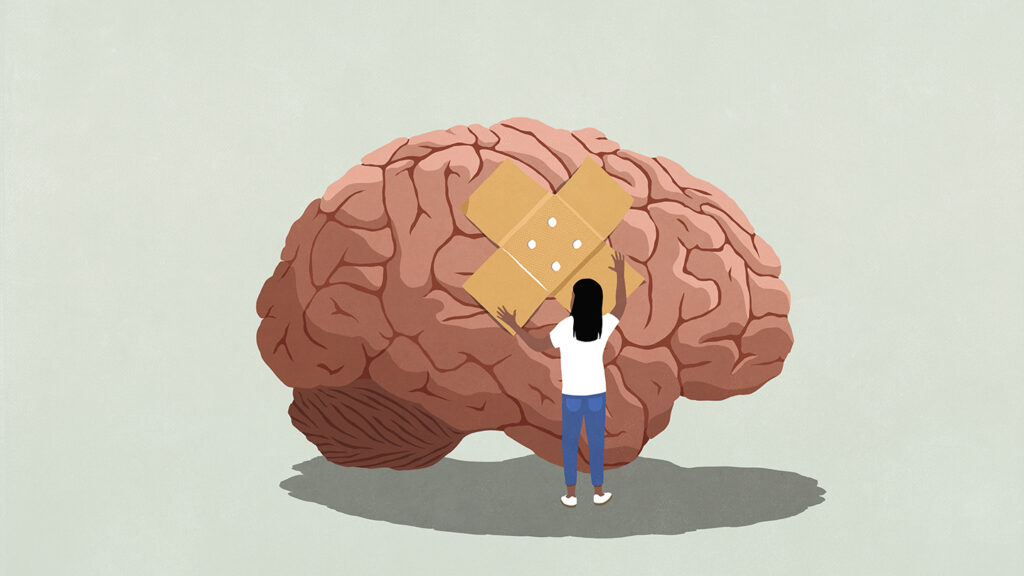
At the moment, artificial intelligence isn’t quite up to speed on diagnosing stroke damage. But AI does show promise in being able to pinpoint brain lesions, based only on patient health history and neurological exams, a new study showed.
The findings could be important for senior living operators, who will want to know how and when AI can be used to pinpoint treatment options for residents, or offer a prognosis to create more accurate risk profiles.
“For the casual user of ChatGPT, LLM research may seem to be a mindless task of dumping information into a funnel and pulling it out from the bottom,” the study authors wrote, “but our systematic prompt engineering produced results. Our study suggests potential for future application of GPT not only in stroke localization but also more broadly in neurologic diagnosis.”
Knowing where a stroke has caused brain lesions will indicate what kinds of disabilities a stroke patient might have, such as difficulties in speech or walking. Similarly, identifying lesion locations offers a roadmap to treatment and rehabilitation options.
The researchers fed the AI model with three questions: how many lesions a patient had, which brain hemisphere had lesion(s), and where the lesion was located within each hemisphere.
Although the AI model was able to seemingly produce accurate answers for individual questions, when the researchers combined all the results, they found that AI was able to accurately diagnose stroke lesion locations in only 41% of cases.
However, the researchers emphasized the “encouraging potential” that their research demonstrated.
While AI alone may not be able to assist stroke survivors, AI-enabled software tools for stroke diagnosis are already being used or have been approved for clinical purposes.
Two tools, e-Stroke and RapidAI, provide accelerated reviews of CT scans. In addition, another AI-supported system can make recommendations for stroke rehabilitation and help seniors avoid a second stroke emergency.


